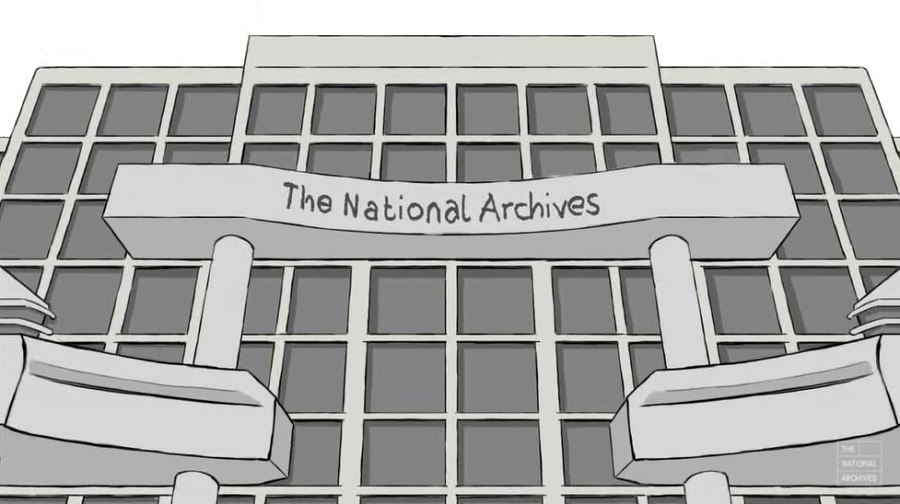Forward planning to help you get the most out of your visit.
Transcript
The right preparation is the key to successful researching at The National Archives.There's plenty of advice and guidance on The National Archives' website designed to help you plan for your visit. Checking this out will help you.
The first thing to check is whether your journey is necessary. The information you seek may be available direct from The National Archives' website, where increasing numbers of popular records are available online. The guidance on the website will lead you directly to those online records.
Some items may not be held at The National Archives at all. Using the guidance on the website to check whether the material or records you want are available will save time and expense. For instance, birth, marriage and death certificates cannot be viewed or ordered at The National Archives.
So now you have discovered that you're going to make a trip to The National Archives, some forward planning will make sure you get the most out of it.
The website contains our location, public transport links and details of car parking arrangements. Here you can also check opening times and document ordering times. Aim to arrive in good time so that you can make the most of your visit. Your research trail can follow different paths so bear in mind that you may spend more time than you originally planned.
Restaurant facilities are available and there are also areas where you can eat your own food. Make a checklist of items to bring: your notes, a laptop, camera and appropriate clothes for the temperature-controlled reading rooms. These are things you can't sort out if you have left them behind.
Double-check that you have the right identification on you so that you can apply for a reader's ticket if necessary during your visit to get into the secure document reading rooms.
Some people bring along a friend or relative to help them with their research. Bringing children along isn't such a good idea though. If they are under 16 they may only be given access to the reading rooms at the public service manager's discretion. Children and quiet research areas don't really mix.
Enjoy researching at The National Archives: living history is a buzz!
More video guides
How the records are arranged
Understand how records are arranged to help save you time and make your research more productive.
Ordering documents
Find out how to copy, order and view the documents held by The National Archives and how to access popular records online.
Preparing to research
Find out where to look when you first start your research, and how to assemble and organise your findings to get better results.
Recording research results
Discover how to record all your results effectively so that you can find useful information again in the future.
